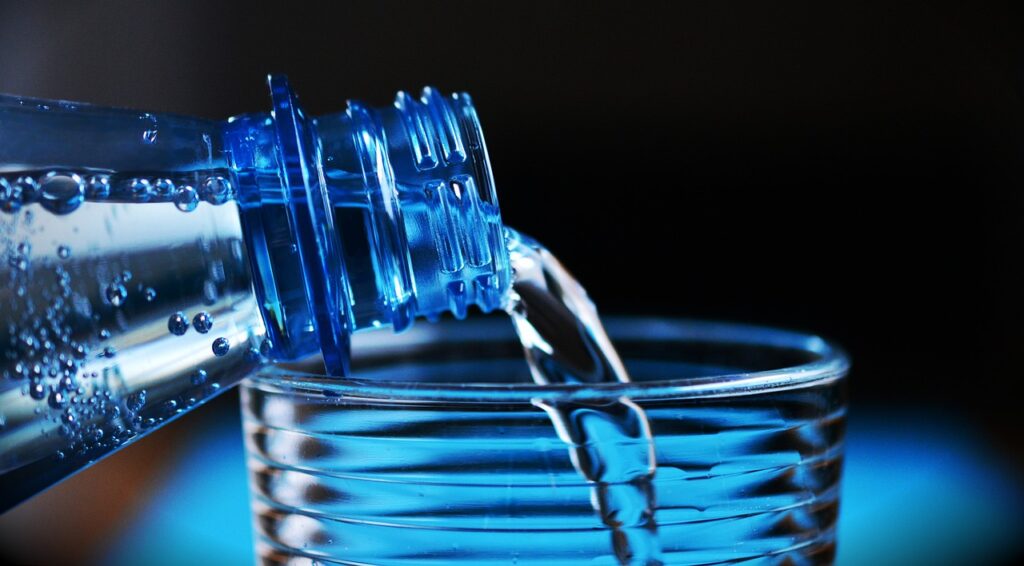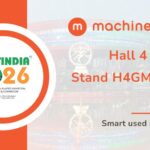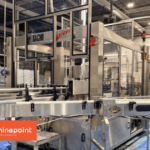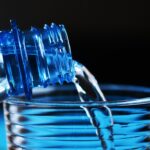At MachinePoint we have developed several projects supplying all the necessary machinery to assemble an entire plant for bottling mineral water. From obtaining the water from different types of sources such as subsoil, swamps or natural springs, through the necessary treatment to purify and treat it, to its bottling and packaging ready for distribution.
At MachinePoint we sell complete used water bottling lines, as well as all the necessary machinery used in a water plant for the process such as bottle blowing machines, filling machines, labeling machines or packaging machines.
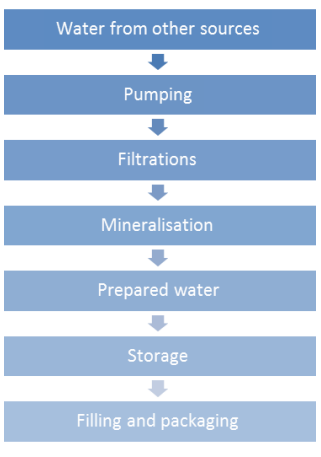
In order to be fit for human consumption, water must undergo a series of treatments that guarantee the absence of microorganisms and substances harmful to health. To do so, it must undergo sterilization and filtration treatments.
Some of the technologies that can be applied in a plant for water sterilization are: distillation, deionization, reverse osmosis, microfiltration, nanofiltration and other suitable procedures such as: sand filtration to remove insoluble solids, activated carbon filtration to remove color and membrane filtration to reduce dissolved salts and organic matter.
Ion exchange techniques can be used to soften water or reduce its alkalinity. Chlorination, ultraviolet sterilization, chlorine dioxide dosage in amine-free systems, etc.
Bottled or packaged water is currently the most common way of distributing drinking water worldwide.
Define the correct production process
Water treatment
At MachinePoint we offer water treatment lines for a production suitable for human consumption, whether the water source is a spring or an external source such as a river or a lake. We also have water treatment lines to be incorporated into food and beverage processing plants.
Mineral water
Mineral water usually comes from natural sources, and mineral salts and trace elements are usually added. It is these components that make water a necessary liquid for human beings, since it is thanks to them that the body can retain water. Once filtered to remove impurities such as algae or small grains of sand, a system improves its color, smell and taste.
Bottled water (sparkling or still)
When there is no natural source nearby, water from lakes, rivers, swamps, etc. must be used. An artificial pool is created next to the chosen site to allow pumping the water without continuously lifting impurities from the soil. Since this water comes from a source full of foreign components that may have contaminated it, it must be filtered and chemically treated to eliminate any pathogenic bacteria and germs. Even if this water has been purified and standardized for human consumption, after filtration and chemical treatment it will be necessary to add minerals in the water tank to meet the needs of the human organism.
Choosing the best used water bottling equipment for your needs
Depending on the source of the water and its quality, the process changes. Water from a natural spring will not have to undergo the same changes as water from a river, for example. All equipment complies with very strict hygienic standards and is built with materials adapted to preserve the purity and quality of the water.
Receipt of water
In a first stage, the water arrives at the pumping station, where the water is pumped into pools before entering the water treatment circuit. Since the water has not yet been refined at this stage, the pumps pre-filter the water to remove foreign components and facilitate water flow. The equipment usually consists of centrifugal pumps with integrated pre-filters to retain and remove impurities; adapted piping, variable speed drives, pressure gauges and control components.
Water storage
After passing through the receiving unit, the water is stored in tanks. These water storage systems can vary from a very basic fully manual system to a fully automated system combined with the plant’s CIP system and other components. There are tanks that include interconnections and mix proof valves, PLC control, weight, temperature, pressure and level control with different levels of automation and interconnection.

Water filtration
In order to guarantee the absence of foreign matter in the water, it is necessary to filter it several times to obtain the desired product. There is a wide range of filter types, natural (sand filters), chemical (chlorine), ultraviolet or ultra-fine membranes.
Micro-filtration: The micro – filtration process consists of removing contaminants from water by filtering it with a micro porous membrane. The filters, with a hollow, flat, tubular, spirally wound, hollow fiber membrane, are designed to remove suspended solids down to 0.1 micrometer.
Nano-filtration: After microfiltration, the water undergoes nano-filtration, passing through a nano-porous membrane. Our nanofiltration systems are designed to remove suspended solids down to 0.005 micrometers.
Reverse osmosis: Reverse osmosis is a technology that consists of purifying water using a very fine membrane capable of retaining harmful particles trapped in the water such as lead or bacteria. This method is much deeper than the previous ones, since the membrane pores are much smaller. A certain pressure is applied on one side of the membrane, which allows the retention of impurities on the pressure side while the water is filtered.
Demineralization: Consists of reducing the amount of mineral ions in water to improve it for human consumption. The water passes through a tank containing a resin specially designed to exchange ions. This resin will retain dissolved salts containing impurities.
Ultraviolet treatment: A process during which harmful microorganisms such as bacteria, viruses or algae are neutralized or eliminated. UV light penetrates the microorganism and prevents its reproduction, making it a harmless component.
Ozonation: Consists of injecting ozone into the water, which precipitates insoluble metals in the water. Subsequently, it is necessary to filter the water to remove metals. Ozone is created by applying a charge of energy to oxygen. Ozonation units in drinking water plants generally include a pretreatment tank and a tank for the main reaction stage.
Remineralization: Once the water has been treated, filtered and demineralized, it still lacks the necessary components and minerals for the human organism. These are added to the water to provide a chemical balance and improve its taste and odor.
CIP: CIP (Clean in Place) units can include from 3 to 7 tanks depending on cleaning and disinfection needs. CIP systems can be fully automated, allowing continuous control of critical cleaning parameters such as flow, chemical concentration, temperatures, cleaning duration, and all variables involved in process validation.
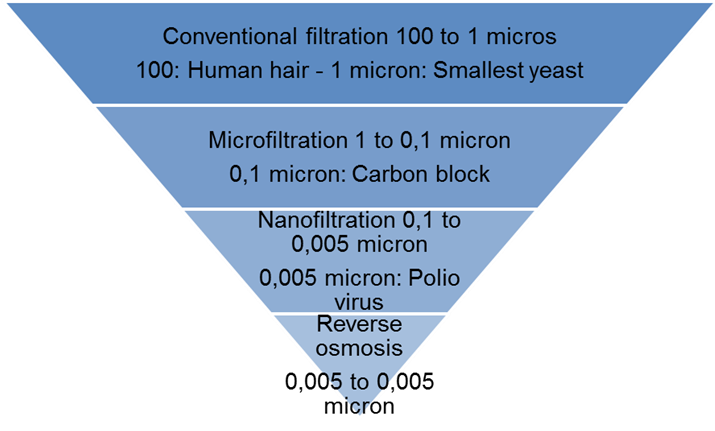
Filling and packaging lines in a water plant
At MachinePoint we have the best used filling and packaging machinery options in the market. Our extensive experience allows us to offer equipment from renowned manufacturers, guaranteeing their quality and performance.
These water filling and packaging lines consist of bottle conveyors, rinsers, volumetric or gravimetric fillers, cappers and labelers, all integrated in a synchronized sequence to optimize efficiency and productivity.
With a highly qualified team, we advise our customers in the selection of the filling and packaging line for their water plant that best suits their specific needs, ensuring the success of their operations and obtaining products of the highest quality.

